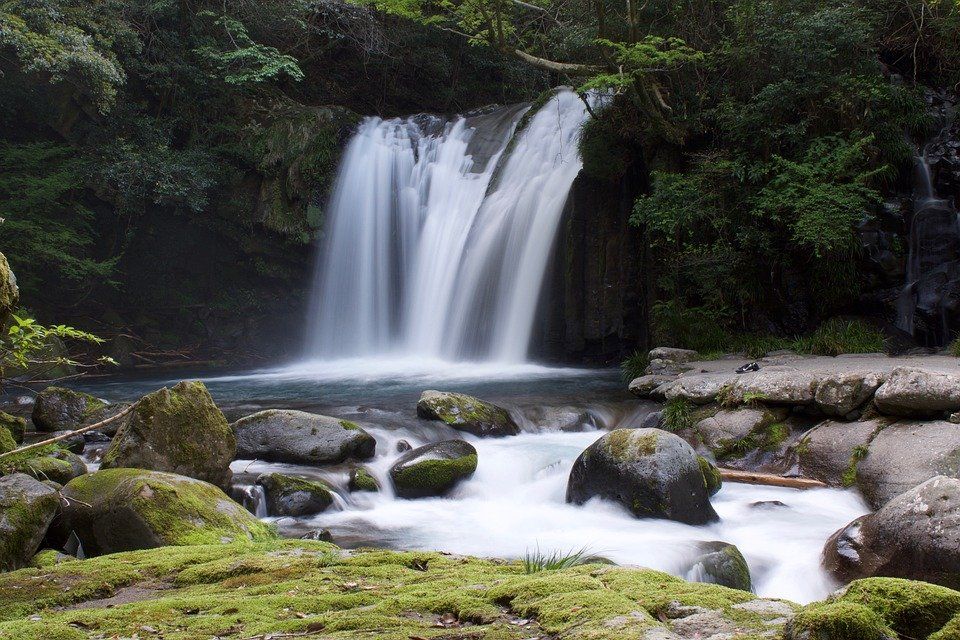Ash Scattering: What To Know
Depending on where you live, there may be restrictions on what you can do with the ashes of your loved one. Be sure to know the rules to avoid fines or worse.

It is not necessary to scatter the ashes of a loved one in a particular location just because you believe it to be appropriate or because the surrounding environment is beautiful. The dispersal of ash is one of several activities governed by regulation. During cremation services in Cleveland, OH, bereaved families often question, "what do I do with the ashes after cremation?"
You are free to disseminate it to the general public, but there are specific guidelines you should review before. Keep reading to know how to legally and securely distribute ash without breaking the rules.
Personal Property
It's best to disperse cremated remains in a place you have direct control over, such as a backyard or garden. The ashes of a loved one may never be found again if you don't have access to the property, and you may never be able to discover them again. The government may need permission and documentation before you may scatter cremains on your land. Your geographic location has a bearing on this.
The Ocean
Cremation ashes scattered in a body of water are common and not frowned upon. In order to avoid breaking the law, there are a few things to take into consideration. Three nautical miles from any land is a good guideline for scattering at sea. Cremated ashes are scattered in the ocean since it is free of non-biodegradable objects.
Cemeteries
To spread one's ashes, one must first receive permission from the cemetery, which might be difficult depending on the location. Before scattering ashes at a cemetery, it is necessary to determine whether it is privately held or municipally owned. Perhaps the cemetery staff will guide you to a special scattering garden they've set aside to honor your loved one. Furthermore, it is not a regular practice to sprinkle cremated remains over the graves of the departed. This is owing to the fact that no matter where you go, you must always keep two things in mind: safety and safety.
Parks
Cremated remains may be scattered in most national parks, although permission may be necessary before doing so. Before scattering ashes at a national park, check with the proper authority. In certain Parks, however, you are not allowed to scatter ashes. It is your responsibility to follow the rules if the park in issue is one of these locations.
Cremated Ashes Explained
Ashes are the remnants left after a body gets exposed to a crematorium. They are composed of bone fragments ground down to a powdery consistency. The practice of cremation accomplishes the destruction of organic, aqueous, and carbon components.
Ashes of humans do not pose any danger to the environment since, after being cremated, they do not contain any organic component. When determining the total weight of the cremated, the height and weight of the individual who passed away get included.
You’ll be happy with your decision if you choose to cremate the person that you loved the most. You can rest happy that you have their remains close to you at all times.
If you require further assistance, contact cremation services in Cleveland, OH today.











